Religion: Ritual
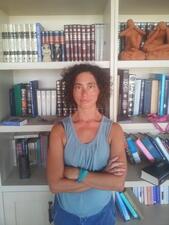
Haviva Ner-David
Observance of Mitzvot: Custom and Halakhah
Women’s existence in a space between custom and halakhah has allowed them to create unique practices and observances. Women are exempt from some halakhah but also have created informal agreements to adapt certain customs to their needs.
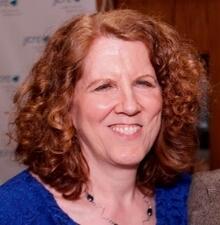
Barbara Penzner
Poland: Early Modern (1500-1795)
Polish Jewish Women played a complex role in their society and culture during the early Modern Period. This role was usually gender segregated, but upon a closer look, was more gender flexible than one might think.
Qumran
Whether or not women were a part of the Essenes’ Qumran settlement, they do appear in Qumran literature. Women in the halakhic writing are only discussed when there are explicit rulings about women’s issues. Halakhic literature shows that women were excluded from all facets of public life and generally were subject to strict halakhic rulings.
Seder Mitzvot Nashim
Seder Mitzvot Nashim refers to the genre of literature in Ashkenazic and Italian communities that explained the specifics of how women should observe the commandments that were particularly associated with them. This handbook was reprinted many times, most famously by Rabbi Benjamin Aron Slonik, whose 1585 version of Seder Mitzvot Nashim was a veritable best seller of the pre-modern age.
Sex
Sociodemography
Over the last several decades, Jewish women attained significant achievement in the socio-economic sphere and played a leading role in maintaining Jewish continuity. In general, Jewish women are educated and participate in the labor force at higher rates than their non-Jewish counterparts.
Sotah
Sotah, Tractate
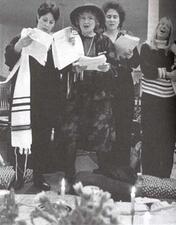
Spirituality in the United States
Jewish women’s spirituality developed historically within the confines of a patriarchal tradition. Over time, feminists have developed rituals and created spaces that honor the unique experiences of women.

Savina Teubal

Tkhines
Tkhines were collections of prayers published in Yiddish, often specifically for women, across Europe from the sixteenth to the nineteenth century. The prayers addressed many themes of domestic and family life, although some also suggested women ought to be allowed into traditionally male spaces.
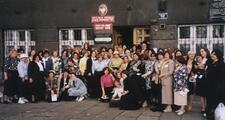
Torah Study
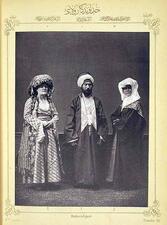
Turkey: Ottoman and Post Ottoman
The Jewish population of Turkey navigated far-reaching changes in the political, social, and geopolitical spheres in the late nineteenth and the early twentieth centuries, as the Ottoman Empire pursued reform and collapsed and the Turkish Republic that took its place imposed a process of “Turkification” on its residents. During this period, Jewish women partook in traditional customs relating to religion, family, and the home, while also accessing new opportunities in the public sphere through education and political engagement.


